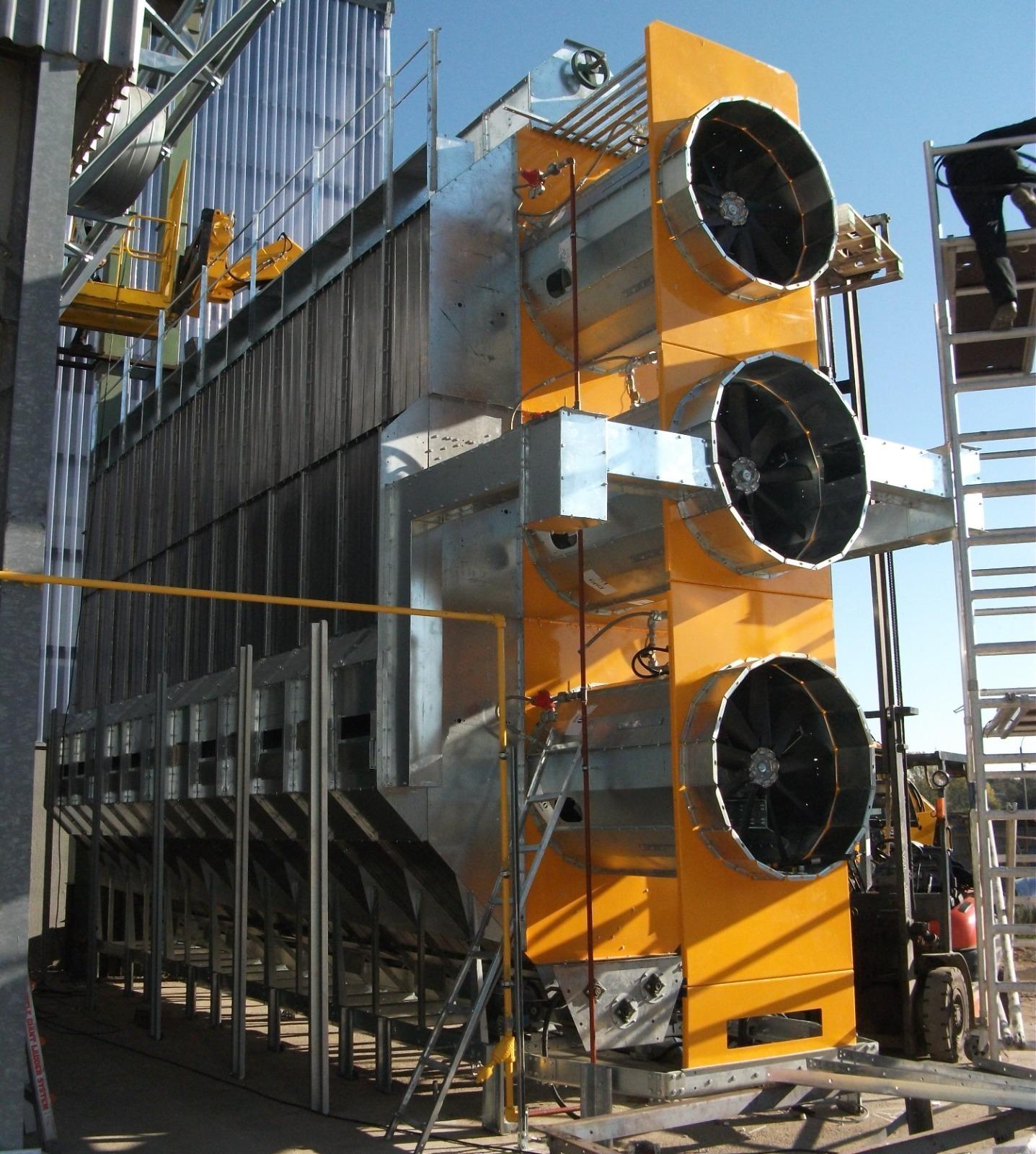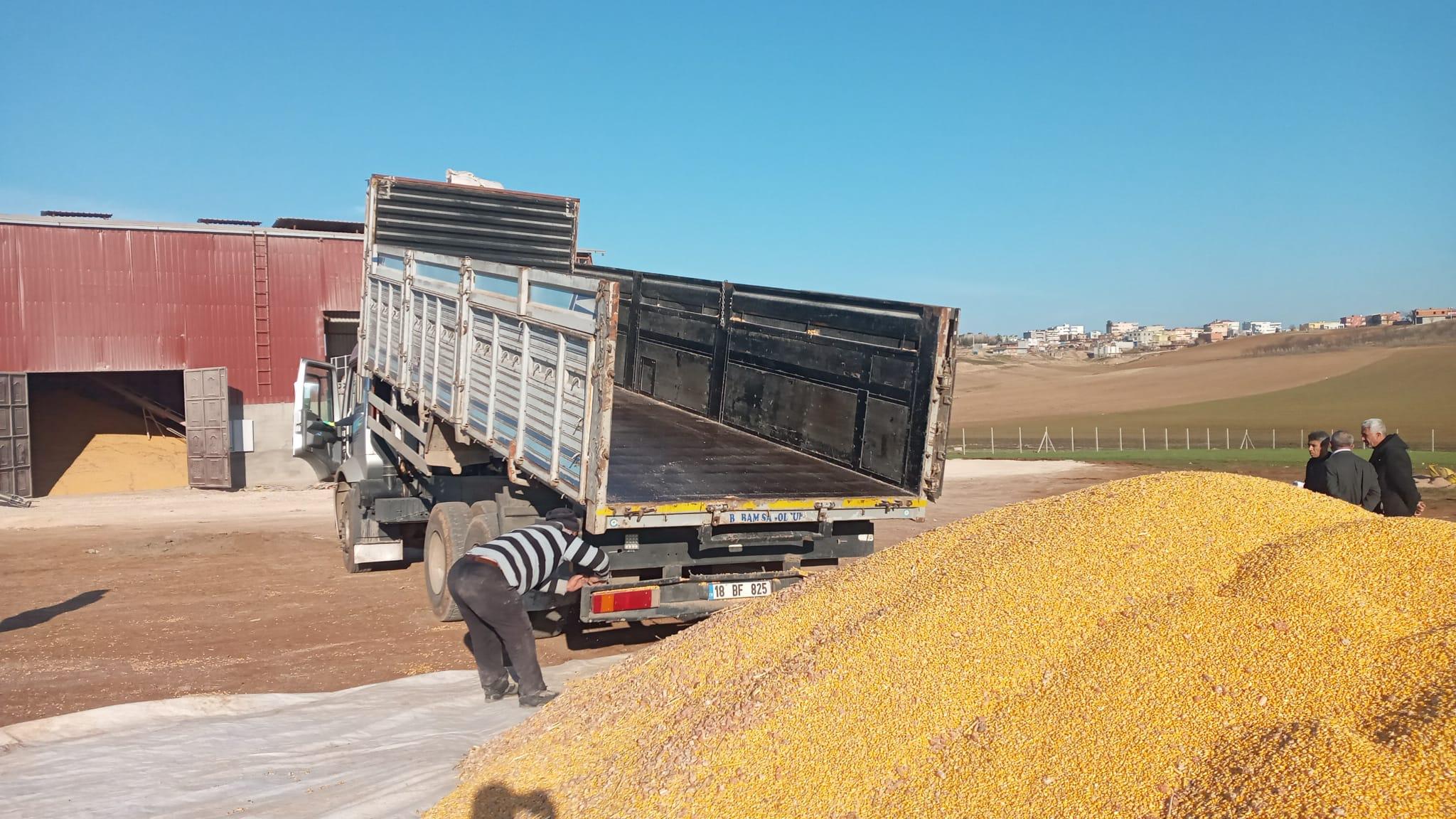Key Factors to Consider When Buying a Grain Dryer
1. Capacity (Tons per Hour/Day)
-
Know how much grain the dryer can process: typically measured in tons/hour or tons/day.
-
For small-scale farms: 2–10 tons/hour may be sufficient.
-
For large-scale operations: 30+ tons/hour capacity is more suitable.
-
Choose a capacity that matches the volume of your harvest and your drying schedule.
2. Fuel Type and Consumption
-
Common fuel sources:
-
Natural gas
-
Diesel
-
Electricity
-
Solid fuel (wood, coal)
-
-
Choose based on fuel availability and cost in your region.
-
High fuel efficiency reduces long-term operational expenses.
3. Moisture Control System and Automation
-
Look for dryers with moisture sensors and automatic shut-off features.
-
These systems help prevent over-drying and reduce energy waste.
-
Smart control panels can automate the process based on target moisture levels.
4. Drying Uniformity
-
Uniform heat distribution ensures that all grains dry evenly.
-
Poor airflow or design can lead to uneven drying, mold, or spoilage.
-
Essential for maintaining grain quality and shelf life.
5. Energy Efficiency
-
Choose machines with heat recovery systems.
-
Good thermal insulation reduces energy loss and improves drying performance.
-
Look for dryers with low kWh/ton consumption.
6. Drying Time
-
Fast drying is important, but it must be gentle enough to avoid damaging the grain.
-
Too rapid drying can cause cracking, reducing market value and storability.
-
Balance between speed and grain integrity is crucial.
7. Ease of Use and Maintenance
-
Control systems should be user-friendly and intuitive.
-
Maintenance procedures should be simple; easy access to parts is a plus.
-
Availability of local service and spare parts is critical.
8. Mobility vs. Stationary Setup
-
Mobile dryers are ideal for field use or smaller operations.
-
Stationary dryers are better for large farms or integrated facilities (e.g. grain elevators).
-
Choose based on your operational structure.
9. Compatibility with Grain Types
-
Some dryers are optimized for specific grains (like corn or wheat).
-
Others are multi-purpose and can handle a variety of crops (e.g., barley, rye, sunflower seeds).
-
Make sure the dryer can adapt to your crop rotation.
10. Safety Features
-
Must include overheat protection, flame arresters, and emergency shut-off.
-
Fire risk is a major concern in grain drying — choose equipment with strong fire safety protocols.
-
Operator safety systems (e.g., thermal shields, alarms) are also important.
11. Compliance and Certifications
-
Make sure the equipment complies with:
-
CE, ISO 9001, EN 14001, etc.
-
-
For food safety and environmental regulations, especially if you export grain.
12. Price vs. Performance
-
The cheapest option is not always the most cost-effective in the long run.
-
Consider:
-
Fuel and energy use
-
Maintenance frequency
-
Durability and resale value
-
-
A total cost of ownership analysis is recommended.
📌 Final Tips:
-
Always see the machine in operation (demo) before buying.
-
Compare local vs. imported models for service and parts.
-
Review farmer/user feedback and field performance, not just brochures.




